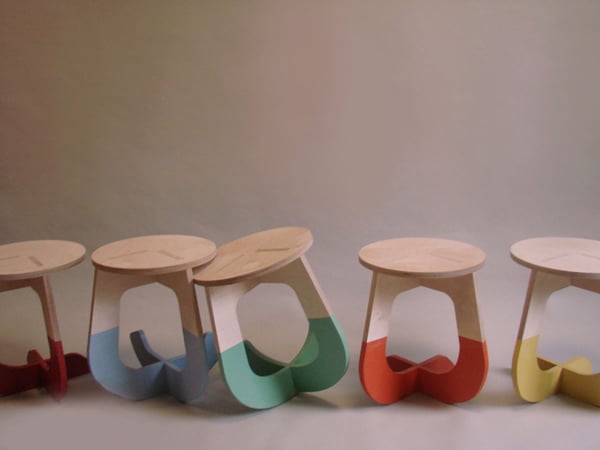
From The Economist: "Sunstones are legendary items supposed to have been used by Viking sailors in the days before magnetic compasses. Looking at the sky through one, it is said, would reveal the sun's direction even on a cloudy day or when that fiery orb was below the horizon."
More from the article below.
..........................
Dr. [Guy] Ropars [of Rennes University in France] thinks sunstones were real, and were actually crystals of Iceland spar, a form of calcite that polarizes light (and therefore reacts to polarized light). Light from the sky is polarized and, as he discovered in 2011, looking through a piece of Iceland spar reveals the direction of polarization, and thus the direction of the sun, to within 5°.
Dr. Ropars also believes the use of sunstones persisted until at least the 16th century. Their existence is mentioned in church records, and they would have been useful because although magnetic compasses were known by then, they were unreliable for reasons not then understood, such as proximity to the large amounts of iron in ships' cannons.
He thinks the block of mineral [pictured above] is such a stone. It was found in a wreck believed to be that of an unnamed English warship which an admiral's report from November 29th 1592 says was lost off the coast of Alderney, in the English Channel. Four centuries underwater have rendered it opaque, but it is the right shape and density to be Iceland spar, and it was discovered within a meter of a pair of navigational dividers of the sort used to measure distances on charts.
Dr. Ropars's latest research, just published in the Proceedings of the Royal Society (PRS) used spectroscopy to confirm the stone's composition as calcite. He also did further experiments with a recently mined (and therefore transparent) Iceland-spar crystal of the same size. He and his colleagues found they could locate the direction of the sun even more accurately than before: to within 1°. The Alderney crystal, as it is known, is thus almost certainly a sunstone. It didn't save the ship, though.
..........................
Below, the abtract of the PRS paper.
..........................
The sixteenth century Alderney crystal: a calcite as an efficient reference optical compass?
The crystal recently discovered in the 1592 sunken Elizabethan ship is shown to be an Iceland spar. We report that two main phenomena, with opposite effects, explain the good conservation and the evolution of this relatively fragile calcite crystal. We demonstrate that the Ca2+–Mg2+ ion exchanges in such a crystal immersed in sea water play a crucial role by limiting the solubility, strengthening the mechanical properties of the calcite, while the sand abrasion alters the crystal by inducing roughness of its surface. Although both phenomena have reduced the transparency of the Alderney calcite crystal, we demonstrate that Alderney-like crystals could really have been used as an accurate optical sun compass as an aid to ancient navigation, when the Sun was hidden by clouds or below the horizon. To avoid the possibility of large magnetic errors, not understood before 1600, an optical compass could have helped in providing the sailors with an absolute reference. An Alderney-like crystal permits the observer to follow the azimuth of the Sun, far below the horizon, with an accuracy as great as ±1°. The evolution of the Alderney crystal lends hope for identifying other calcite crystals in Viking shipwrecks, burials or settlements.









